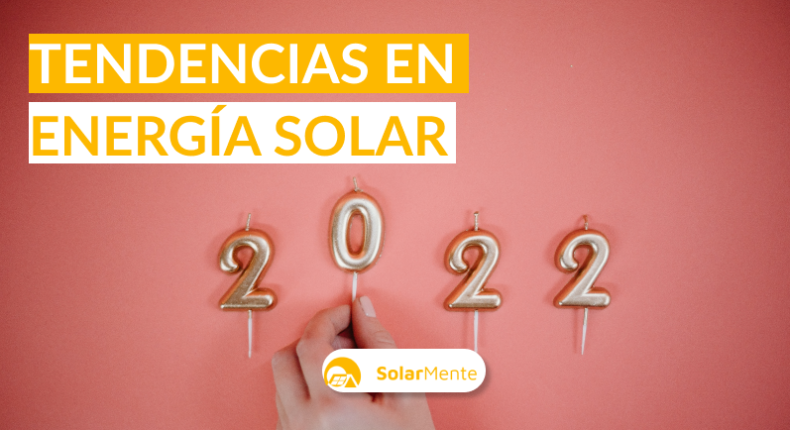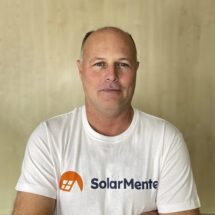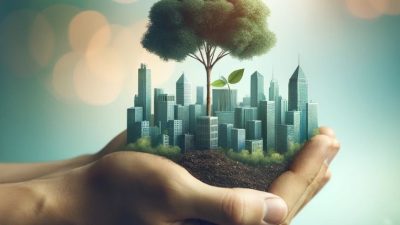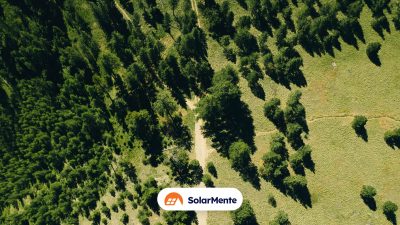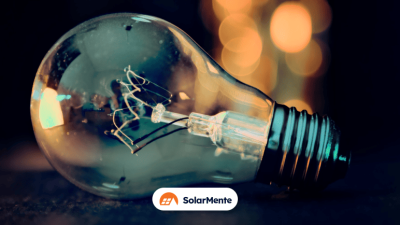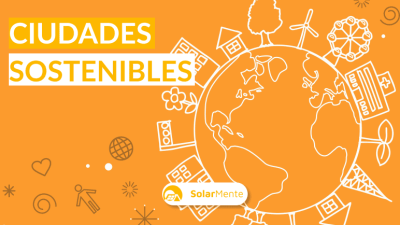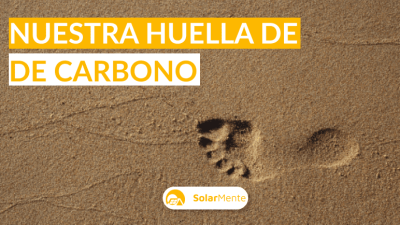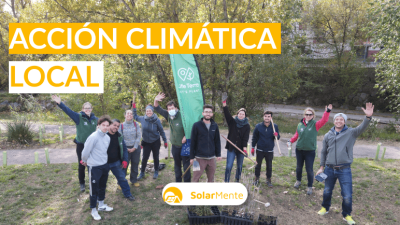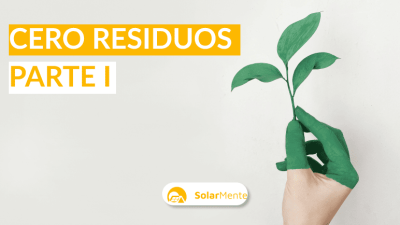Our actions influence the sustainability and protection of the environment. It is therefore important to make responsible choices and opt for cleaner and greener energy resources.
During 2022, we will continue to build large photovoltaic parks and advance self-consumption at the residential and industrial level.
Self-consumption is becoming increasingly popular among consumers seeking greater independence from large electricity companies and savings on their electricity bills.
Are you ready to join the solar revolution?
Discover the trends in solar energy in 2022. Households and businesses alike are becoming increasingly aware of the transition to a sustainable energy model.
Shall we get started?
6 solar energy trends for 2022
1. PV module manufacturing to continue in Asia
The world’s leading manufacturers of solar energy components are in China and Taiwan (70% of global production) and 15% are spread across other Asian countries, mostly Japan.
For example, China has become the engine of renewable energy worldwide. According to the International Energy Agency (IEA), the sector will grow by 12% in five years, more than expected thanks to China’s drive.
China will be responsible for the growth of renewable energy sources thanks to government policies, economic incentives and concerns about pollution.
2. Photovoltaic installations will grow by more than 20%.
Solar systems will experience a growth of more than 20% in 2022 and will surpass the 200 GW barrier for the first time, according to a report by IHS Markit,
It is worth mentioning that in 2016, renewable generation was 34% lower than coal, but by 2022 this gap will be halved to just 17%. This is confirmed by data from the IEA.
3. Increased use of storage batteries
The cost of solar batteries has fallen by 98% in the last 30 years, encouraging households and businesses to invest in solar PV.
In countries such as Germany, about half of all installations include storage in their homes.
In fact, an annual growth rate of 23% is estimated until 2030. However, BloombergNEF prefers to be cautious about the impact on demand due to a lack of policy clarity and reforms to break down barriers to growth.
4. Solar module technology will continue to develop
In the PV market, silicon-based technology accounted for about 95% of total production. In the last ten years, the efficiency of commercial silicon modules increased from 12% to 17%.
Similarly, the performance of solar cells will also benefit. At present, they reach an efficiency of up to 46%.
5. Shared self-consumption and energy communities
The year 2022 will see the development of shared self-consumption and energy communities.
Moreover, part of the European funds are earmarked for the growth of energy communities, i.e. any entity such as, for example, neighbourhood associations, external local authorities or municipalities that seek to generate and consume their own energy.
In the same vein, shared self-consumption will also experience high growth. This term refers to the use of the same installation for several individuals, i.e. a community of neighbours or family housing groups.
6. Increased social awareness
Last but not least, there is a growing social awareness and commitment on the part of public and private entities and the tertiary sector to the climate change crisis and energy consumption.
What’s more, more and more citizens perceive solar energy as a clean and planet-friendly source.
Do you want to take the step towards self-consumption?
Start by calculating your savings here.
Commitment? Zero.
Benefits? A lot.
And remember, if you have any questions, you can ask our team through your enquiry.

